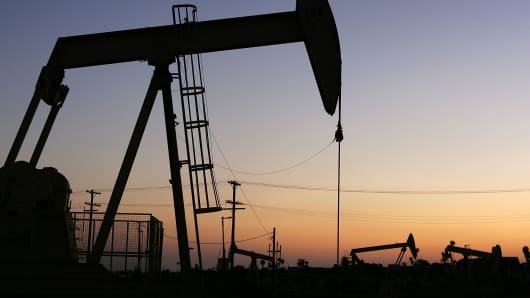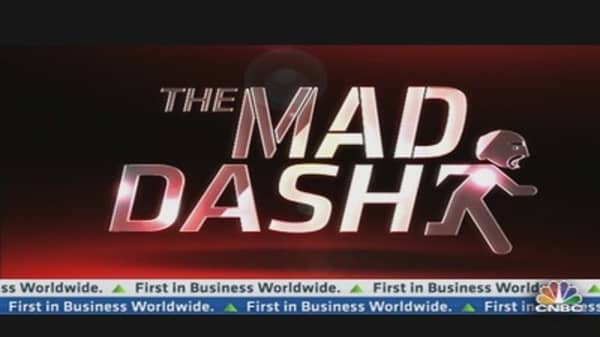In the resurgence of US energy production, one spillover effect has been to put relatively obscure places on the map. One of those is Bakken, an oil hub that some believe could challenge the Gulf Coast's prodigious crude output.
Bakken, a region stretching through swaths of North Dakota and Montana, has transformed itself into a major site of US crude production.The formation is now seen as the future of oil drilling in the U.S., and is an epicenter of pipeline expansion projects designed to capitalize on production. Estimates say the region's oil output has more than doubled over the last two years.
According to official data cited by North Dakota's Department of Mineral Resources and the Energy Information Agency, Bakken crude production surged from 274,000 barrels per day in January 2011 to 673,000 in January 2013.
Yet private estimates put that figure even higher, stating Bakken generates more than 800,000 barrels per day — with the potential to top one million barrels within the next few years. Analysts expect some 33,000 wells will be drilled there over the next 20 years, with more than 5,000 coming by 2015.
Bakken is now one of the largest sources of crude production in the US, and is teeming with international investment capital. Although the state currently lacks the refining capacity and advanced infrastructure of Texas and Louisiana, some say isolated North Dakota stands a solid chance of taking the Lone Star State's crown for drilling and production.
(Read more: Finding an Edge in the Booming US Energy Market)
With U.S. crude oil hovering above $90, drilling in Bakken "is like printing money. Capital is coming from all around the world, even Europe and Asia," said Fadel Gheit, an energy analyst at Oppenheimer. "It has single-handedly changed the outlook for oil production."
The excitement surrounding Bakken's production is due in large measure to the fact that its crude is now making its way beyond the borders of the Midwest, to the US coasts. In a comprehensive report written this month, Platts said some of the region's blends are now being used in the NYMEX crude futures contract.





